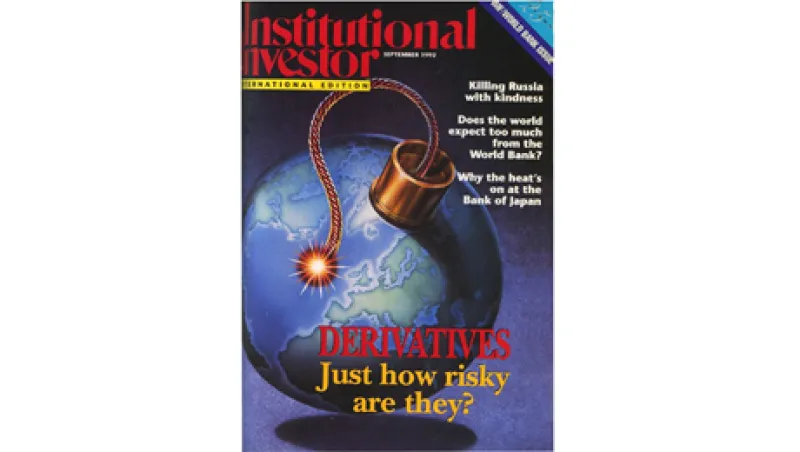
From the Archive: "Why Derivatives Rattle the Regulators," September 1992
"What's so dangerous about derivatives?" Institutional Investor asked back in September 1992. Quite a bit, as European Bureau Chief Kevin Muehring and Senior Writer Saul Hansell showed over the course of this cover story.
March 21, 2012


